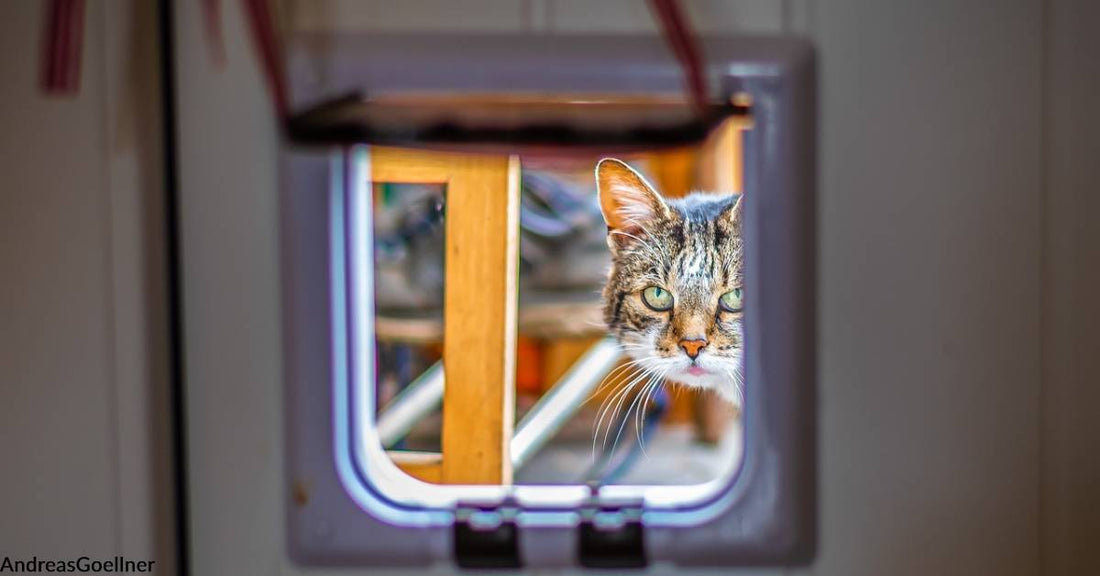The History of the Cat Flap is Not Necessarily What You'd Think
Rebecca West
We often associate inventions of convenience as having arrived in our lives no earlier than, say, the 1950s — especially those involving pets. Where our fur buddies are concerned, most of us probably assume nothing really life-changing came along in connection to them until perhaps the 1980s or later. Well, one of the most convenient inventions for pet owners came along far earlier than either of those decades.
Cat Flaps
Call them cat flaps or doggy doors, these scaled-down entrance/exit flaps for domestic pets are one of the greatest ideas since "sliced bread" as the rather archaic saying goes. We revel in their convenience, keeping us from being a slave to our four-legged BFF's every whim when it comes to accessing the great outdoors. But who's responsible for this stroke of genius? That depends on which history source you're referring to.
Duke Ercole's Cat Flaps
Some historians have credited Ercole d'Este (1431-1505), Duke of Ferrara in northern Italy from 1471 until his death. It has been said that "he loved his cats, for whom he installed flaps in the heavy wooden doors of the ducal castle." That tidbit came from Mary Hollingsworth, author of "The Cardinal's Hat" (2005). Would it surprise anyone that the super-rich would do anything during any time period for their pampered pets?
Sir Isaac Newton
Another contender in the cat-flap invention race is Isaac Newton (1642-1727), better known for having invented calculus in the mid to late 1660s and for having formulated the theory of universal gravity. It's been said, however, that he, too, was a cat fancier and grew tired of his finicky feline constantly demanding to be let in and out while he worked. Another reason given was that his cat kept ruining photosensitive experiments by opening the door and letting light in, so he created an opening with a cloth draped over it.
Early Iterations of the Cat Flap
As early as the 14th through 16th centuries, it seems it wasn't that unusual for heavy wooden doors to contain a hole sawn into them near the bottom as a means of egress for cats or dogs. While not quite the same thing, dog/cat holes are still the same basic principle: domesticated pets (as well as rats and mice) could enter and exit without the help of humans. Many examples still exist in Europe and the UK today, but they've mostly been plugged.
Regardless, the history of one of humankind's most convenient inventions is much older and simpler than you'd likely have considered.





